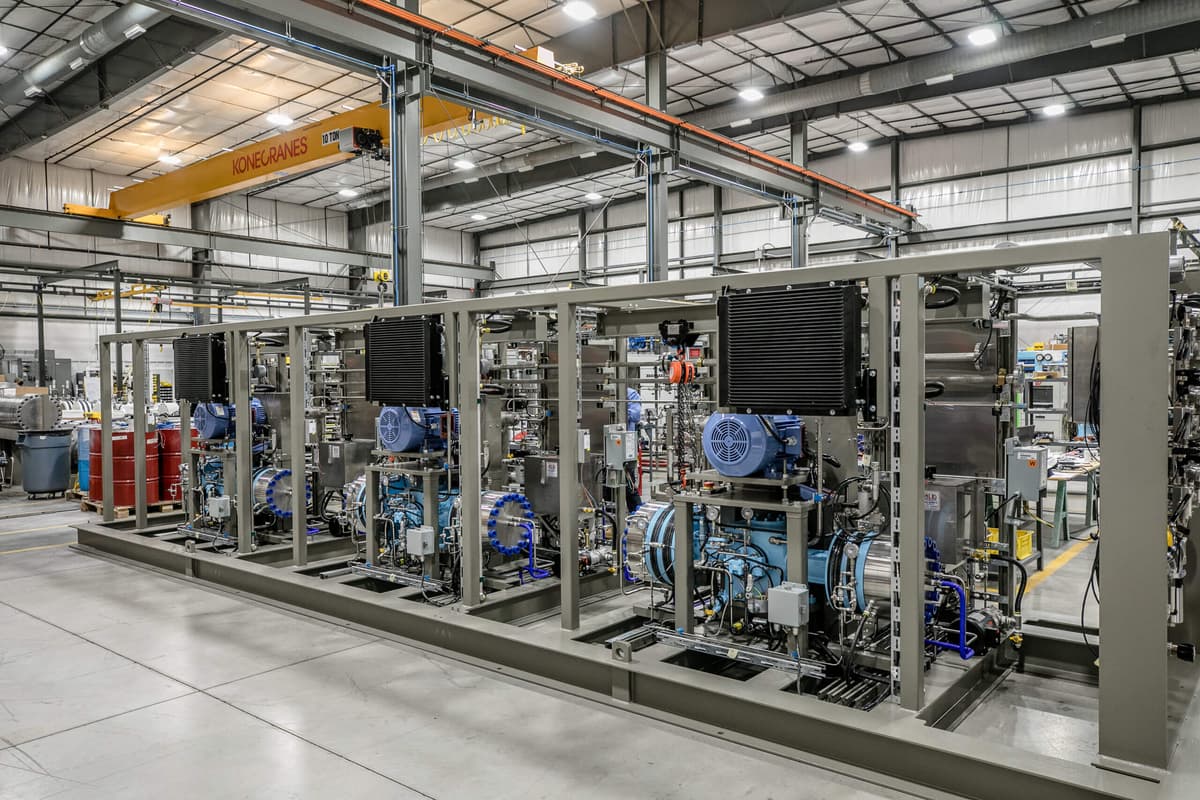- Fri. Apr 26th, 2024
Latest Post
PDC Machines and Kirloskar Pneumatic Company Limited Join Forces for Hydrogen Compression Solutions in India
In a strategic partnership, PDC Machines and Kirloskar Pneumatic Company Limited (KPCL) have joined forces to provide hydrogen compression solutions in India. This collaboration will see PDC offering its diaphragm…
USB Devices: The Vulnerable Frontline in Industrial Cybersecurity Battle
Industrial control systems are at risk from cyber threats originating from USB devices, according to a report by Honeywell. The study highlights the need for operational technology (OT) environments to…
The Water, Energy, Mineral and Knowledge Wars Shaping Geopolitics Today: Understanding the Future Lines of Conflict.
Resource scarcity, particularly in regards to water, energy, minerals, and knowledge, plays a critical role in shaping geopolitical resilience around the world. This is evident in rising conflicts in regions…
Student Activism and the Israeli-Palestinian Conflict: Tensions and Protests at Universities Across the Country
A series of demonstrations and protests have taken place at various universities across the country, showcasing the ongoing tensions and conflicts surrounding the Israeli-Palestinian conflict. At one university, pro-Palestinian protesters…
Google Reports Strong Ad Results for YouTube’s Paused Video Format: Unskippable Advertisements Deliver Brand Improvement and Premium Prices
Google has reported positive results for ads displayed during pauses in videos on YouTube for connected televisions, which are currently undergoing testing. Last year, the technology company announced innovations in…
Gaza’s Mental Health Crisis: The Impact on MSF Medical Staff and the Urgent Need for Support
The ongoing violence in Gaza has led to a rise in psychological stress and exhaustion among medical professionals working for MSF. These symptoms include anxiety, insomnia, depression, intrusive thoughts, emotional…
Celebrating Resilience: A Virtual Discussion with Rep. Terri Sewell and Selma’s Award-Winning Small Business Owner Jackie Smith
Rep. Terri Sewell of Alabama’s 7th district is set to host a virtual discussion on Monday, April 29th at 3 p.m. CDT to mark the beginning of National Small Business…
Beyond The Abyss: A Review of Boy Kills World
In the world of Boy Kills World, we are plunged into a dystopian society where televised blood sports reign supreme. These brutal competitions keep the citizens entertained, except for those…
European Parliament Adopts Net Zero Industrial Act to Boost Domestic Production of Green Technologies
Yesterday, the European Parliament (EP) officially adopted the Net Zero Industrial Act (NZIA) in an effort to promote the production and deployment of domestically-made net-zero technologies, such as hydrogen equipment.…
Nutrition for Healthy Minds and Profits: Boost Your Business with BenefitsPro’s New Article
The article “How Nutrition Can Boost Employee Mental Health and Your Bottom Line” was published on BenefitsPro on April 26, 2024. The content is labeled as FreeWithRegContent, with user access…




